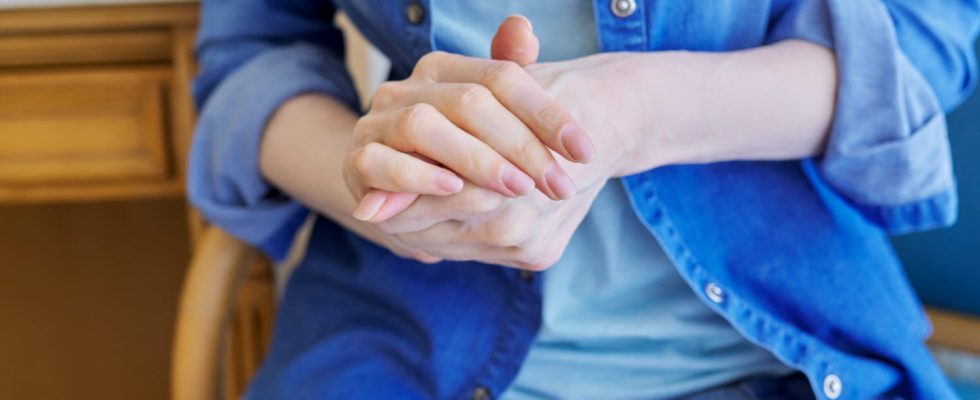Dupuytren’s disease, also called Viking disease, is an inherited genetic mutation that mainly affects the palm of the hand. What are the causes ? What treatments? Answers with Pr Eric Roulot, orthopedic surgeon, specialist in Dupuytren’s disease.
What is Viking or Dupuytren’s disease?
Dupuytren’s disease is a fibrous retraction of the middle palmar aponeurosis. It’s about a inherited hand disease that is characterized by thickening of certain areas of the palm from the hand. “The fabric that we all have in the palm of our hands is a thick, strong and resistant fabric. People with Dupuytren’s disease make, for their part, a somewhat modified tissue that is often fibrous. In the most severe cases, it can induce a retraction of the fingers in the palm“, explains Pr Eric Roulot, orthopedic surgeon, specialist in Dupuytren’s disease. In general the disease is observed in adulthood, often around the age of sixty, but very rarely in children. The disease can also affect the soles of the feet or the external genitalia. This disease is also called Viking disease because the modification of the gene mainly concerns populations from northern Europe such as the Scandinavian countries, Ireland or, in France, regions such as Normandy or Brittany.
What are the causes ?
Dupuytren’s disease is caused by an inherited genetic mutation. Some factors can highlight the Dupuytren:
- Diabetes ;
- epilepsy treated with the drug Gardenal because it does not cohabit well with the gene;
- Alcohol consumption ;
- Trauma from the hand : “among masons, for example, the Dupuytren is expressed more than in other professions.”
“Baron de Dupuytren had thus described the disease by observing his coachman who was exposed to two factors: Alcohol consumption for warmth and hand trauma from work.”
What are the symptoms ?
The symptoms of Dupuytren are as follows:
- Appearance of lumps : hard fibrous formations in the palm of the hand;
- appearance ofumbilications of the palm;
- Finger retraction;
- Appearance of called masses finger pads at the level of the back of the proximal interphalangeal joints.
What are the treatments ?
“The management varies according to the stage of the disease and its speed of evolution”, explains Professor Roulot. The two treatment options are aponeurotomy and aponeurectomy. “The first option is medical and consists of cut a Dupuytren rope without the need for ablation. Cutting the string then allows the finger to extend again. The second option, on the other hand, is surgical.
What does the operation consist of?
The operation, called aponeurectomyis performed in the operating room and consists of total removal of a cord in association with a possible skin graft. However, other types of operations are possible:
- The section of a rope if it could not be done without surgery;
- Arthrodesis: a gesture allowing joint blocking of the finger;
- The amputation of a finger: but it remains to be avoided
“In some patients, the proposed treatments are not effective enough because they have a very aggressive gene “, warns Professor Roulot.
Can we heal?
Unfortunately it is impossible to cure viking disease because it is a gene mutation. The patient thus lives with this gene throughout his life.
Thanks to Professor Éric Roulot, orthopedic surgeon, specialist in Dupuytren’s disease.
